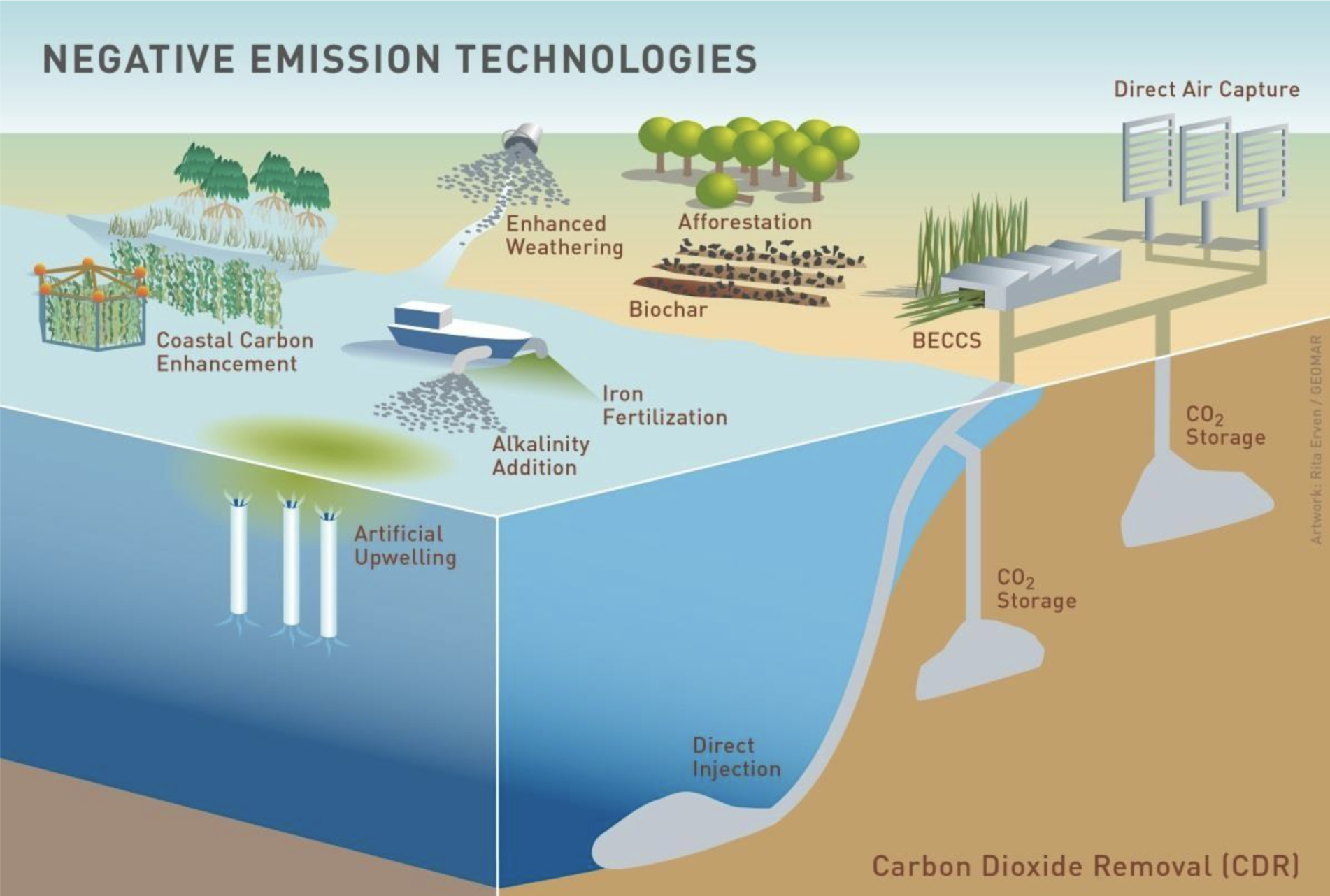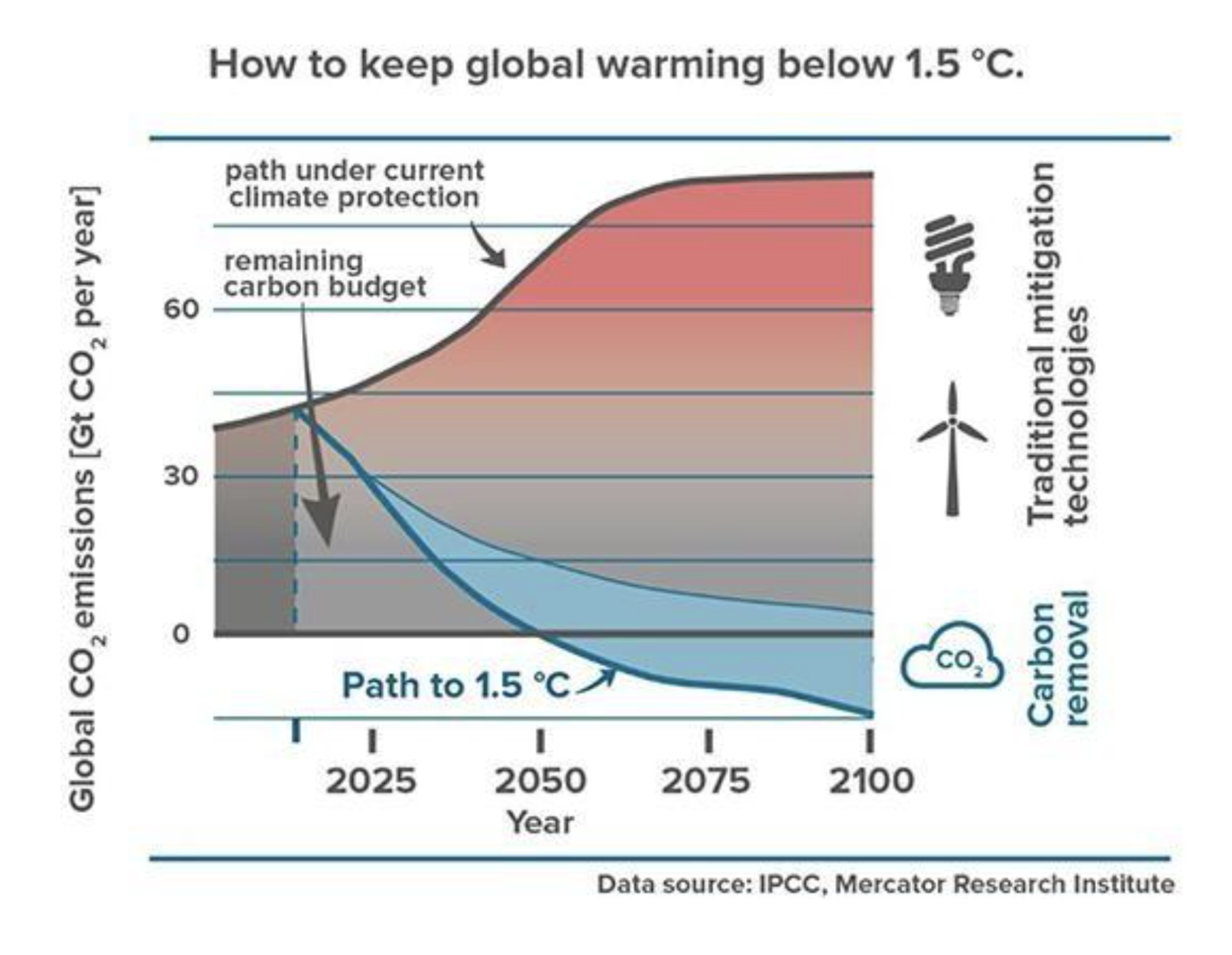


SHARE THIS
More Insights
We’ve got a Newsletter!
Sign up to stay up to date on global innovation.

Firstime Ventures is investing in companies who are building a sustainable & accessible future for all.

Gain access to our take on
sustainable investments